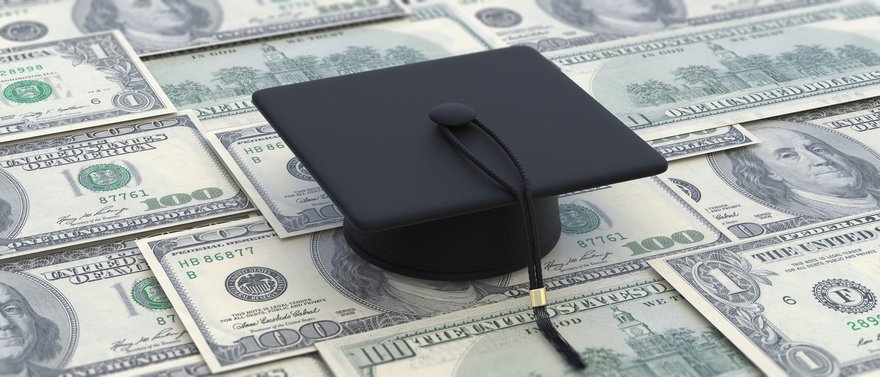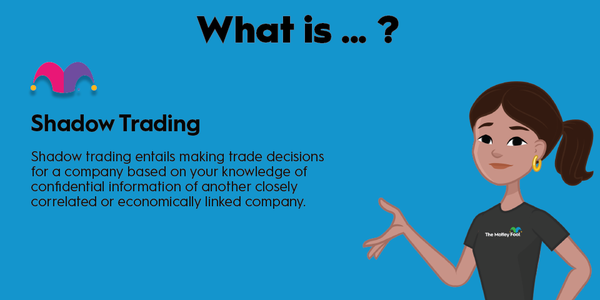If you have student loan debt, it’s important to understand your repayment terms and the programs available. This year, you’re in luck, since the Saving on a Valuable Education (SAVE) plan is now available as an option. Read on to better understand what this plan involves.
What is the SAVE plan?
What is the SAVE plan?
The SAVE plan is a new type of income-based repayment (IBR) for student loans. Student loan borrowers currently on Revised Pay as You Earn (REPAYE) plans are being automatically switched to this more flexible repayment plan, and other student loan borrowers can apply for it as a type of IBR.

The SAVE plan allows students to make payments that are more affordable, as well as offering additional benefits. For example, interest beyond the payment asked of the student is forgiven, rather than being capitalized, further increasing the size of the loan. This is a huge change from programs in the past.
What is an income-based repayment plan?
What is an income-based repayment plan?
An income-based repayment plan (also known as an income-driven repayment plan) allows students who may not be making enough money in their fields to keep their student loans in good standing. The payment they make is based on their income and family size, rather than a flat amortization of the money they borrowed plus interest.
The twist on income-based repayment, though, is that there is typically forgiveness involved after a set number of years if you remain in the plan continuously. For undergraduate-only loans, the balance is typically forgiven after as long as 20 years of on-time payments; if you have any graduate loans, that period may be as long as 25 years.
How do you qualify?
How do you qualify for the SAVE plan?
Students with direct federal student loans who are interested in the SAVE plan simply have to submit an application through their lender or StudentAid.gov. If they don’t have direct federal loans, they’ll need to consolidate them into one first. After that, the application is pretty simple. It asks basic questions about your income and family size, as well as requesting permission for your lender to review your tax returns to verify your eligibility.
From there, your lender will qualify you for SAVE. You’ll get a letter that says what your payment will be for the next year. As long as you make each of those payments on time, you’ll be able to recertify at the end of the year, get a new low payment, and do it again. After your payment period is over, your loans will be forgiven and you’ll receive a letter as proof of payoff.
What sets it apart?
What makes the SAVE plan different from other IBR plans?
SAVE is a type of IBR, but it’s a different spin on the program. There are several significant changes between the basic IBR and the SAVE plan, including:
- Exempted income is increased to 225% of the poverty line from 150%. This means that more people will qualify for $0 repayments, since they won’t start counting your income until after that point.
- Outstanding interest is eliminated each month. Any interest you didn’t pay was compounded back into your loan under the IBR plans, resulting in many people owing substantially more than they borrowed, even while making their assigned payments. That won’t happen under SAVE since interest beyond the portion included in your payment no longer accumulates.
- Loan forgiveness is faster for some students. If your original principal balance is under $12,000, your forgiveness under SAVE starts at 10 years. Repayment time will increase from there by one year for every $1,000 borrowed. So if you borrowed $15,000, your loan will be forgiven in 13 years instead of 10, which is still significantly sooner than 20 years.




































































































